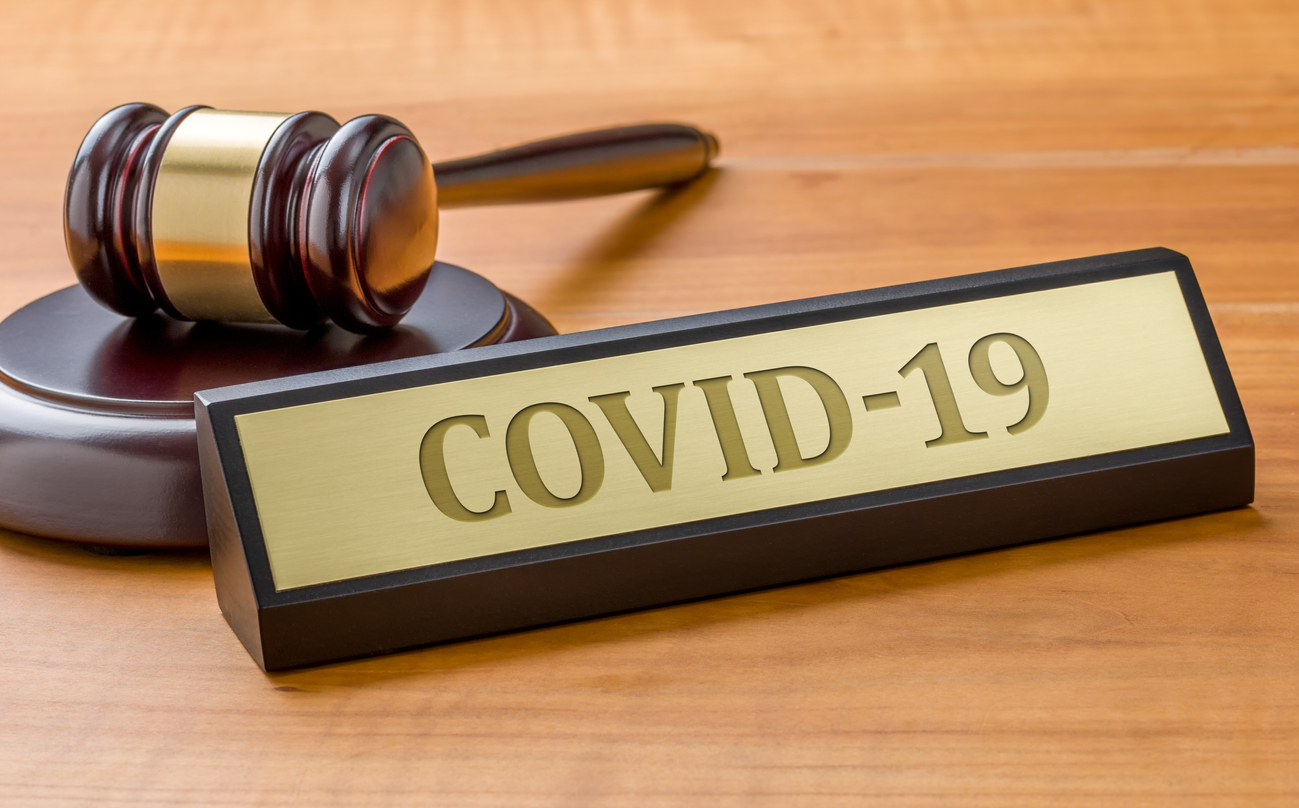Yesterday, Rocco Calaci posted a blog entry announcing that La Niña conditions are already being observed. While I dare not attempt to explain the mechanics of these conditions, it is generally understood that La Niña is a climate phenomenon that is marked by an unusual cooling of the sea surface in the Pacific Ocean, which in turn affects wind and weather patterns globally. It is also generally said that these conditions foster more frequent and stronger storms in the Atlantic Ocean and the Gulf of Mexico. As a result, NOAA has forecasted 14 to 23 named storms, of which 8 to 14 are expected to be hurricanes and 3 to 7 major hurricanes during this season.
While no one can predict the future, we all can at least prepare for it. In his blog post, Mr. Calaci correctly warned:
This year has already produced 2 tropical systems early in the season. We are receiving a warning loud and clear. Please take time to make hurricane plans. Inventory your belongings. Make necessary changes to your insurance policy. Many folks have their property under-insured, don’t let this happen to you. If you need to increase your insurance limits, then do so…don’t expect the insurance companies to know your needs. This is your responsibility.
From a Business Interruption perspective, these forecasts should not be taken lightly. For those who do not regularly keep up with this blog, I suggest you read Learning from Other’s Mistakes – Understanding Business Interruption Claims – Part 15 to learn how a catastrophic loss could run a business to the ground without the possibility of recovery despite having adequate insurance coverage. For those keeping score at home, I suggest you read it again.
The best business interruption claim is one that is planned for in advance of a loss. In other words, the success of a business interruption claim after a catastrophic loss will most likely depend on how well prepared the business is to handle an interruption event. Many companies have emergency response plans, which include team coordination and responsibilities. However, many small businesses barely have such response plans in place.
I recently came across an article in CAT Claims: Insurance Coverage for Natural and Man-made Disasters – Chapter 10- Proving Business Interruption Losses, where the authors suggested that many businesses should consider having an “insurance recovery team” as part of their response plans, where the team would work in tandem with risk managers and attorneys in order to address issues such as preservation of evidence to prove insurance coverage and causation, as well as the costs incurred in responding to a loss and the interruption event.
The article suggests a few pointers worth sharing:
• At the first team meeting the risk management personnel or the broker should brief the other team members on the scope of the coverage provided in the policy to insure that everyone has a clear understanding of what is covered and what type of documentation is needed to support a claim. Documentation will include accounting documents for all loss related expenses, budget/forecasts, accident reports made by the company, etc.
• The operations representative should review the loss event and the impact that it will have on the business. As this is early in the process it is unlikely that all the effects will be identified and the discussions should address the worst case and the likely case [scenarios].
• The accounting representative should inform the team on how the normal accounting process would respond to the event and what additional steps will need to be taken to capture the information needed to substantiate the claim to an adjuster.
• The planning representative will need to review the budget and model that is used for forecasting income and expenses. This [step] is critical as BI claims are based on theoretical calculations of what the business would have made as income had the event not occurred. The risk management personnel broker and claim consultant need to have a good grasp of this prior to communicating with the insurance adjuster. The adjuster’s first report to the underwriter sets the stage for the claim and correcting any misunderstanding in this first opinion is very difficult.
• The team, with the input of the claim consultant should develop the initial strategy for the handling of the claim along with setting up the schedule for the next meeting.
• The legal representative should advise the team on confidentiality issues and assist in the analysis of subrogation potential as the facts surrounding the event become known.
The reality is that many small businesses can only dream of having such an organized team in place to assist it before or after a loss. However, carefully following the highlighted pointers should, at minimum, give the business owners or managers an idea of the value of its claim and the period of time it will take to bring the claim to a successful conclusion and, hopefully, to a full resumption of operations.


